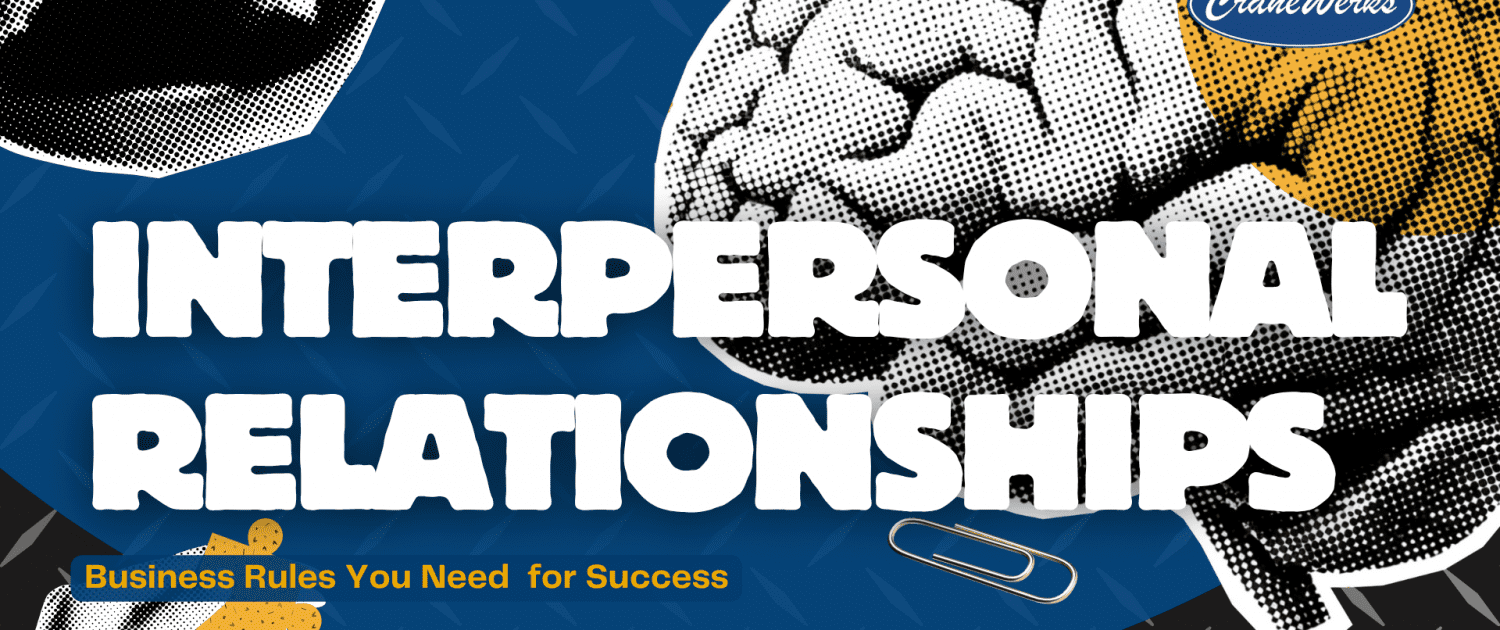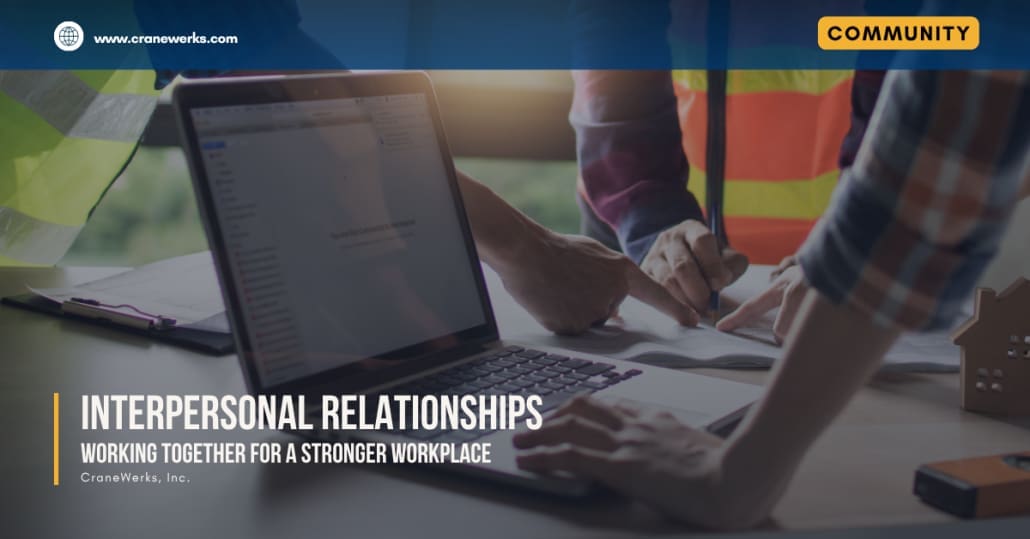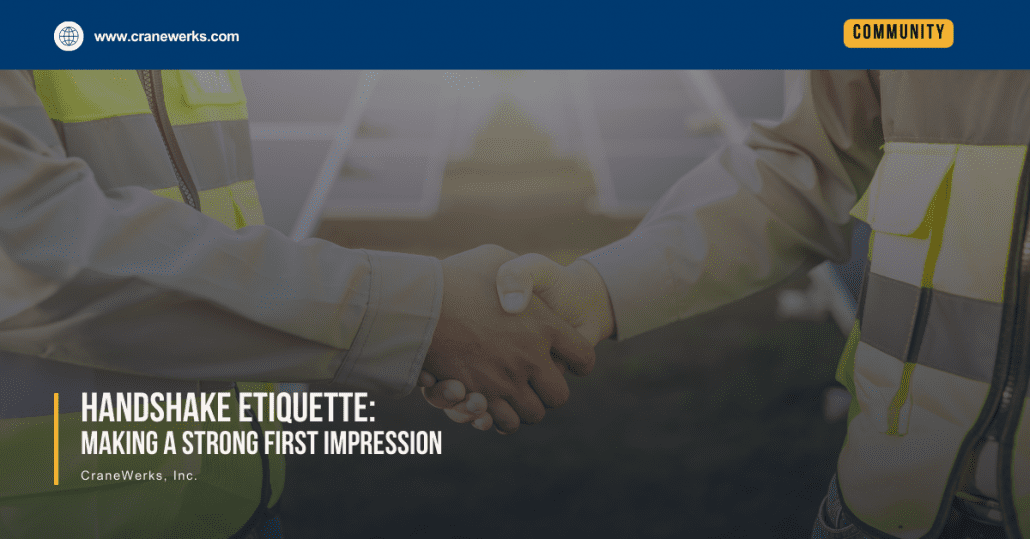Active Listening: The Heart of Attention to Detail
Communication is a two-way street, and active listening is the key to understanding and being understood. When engaging with colleagues, focus on what they’re saying without interrupting. Ask questions to clarify points and show that you value their input. By honing your listening skills with attention to detail, you can foster stronger relationships, resolve conflicts more effectively, and collaborate more efficiently.
Tune In, Don’t Just Nod Along
We live in a fast-paced world—constant pings, notifications, meetings, and conversations. It’s easy to fall into the trap of half-listening. But when we don’t give attention to detail, things get missed, people feel unheard, and communication breaks down.
Listening—really listening—isn’t about being quiet until it’s your turn to talk. It’s about showing up, staying present, and taking in the full message someone is trying to share.
What Active Listening Really Looks Like
Active listening means you’re focused not just on the words being said, but on the meaning behind them. It’s eye contact, nodding with intention, and showing with your body language and facial expressions that you’re engaged. It means attention to detail: putting the phone down, pausing your work, and giving someone your full attention.
When you respond, reflect back what you heard:
-
“So what I’m hearing is…”
-
“Just to make sure I understand…”
These aren’t just phrases—they’re tools to ensure clarity, avoid missteps, and show attention to detail, which builds trust.
Headlines Aren’t the Whole Story
Too often, we hear the first few words of a sentence—or read just the subject line of an email—and assume we’ve got the gist. But when we skip the details, we skip the why behind the ask, the reasoning behind the policy, or the nuance that changes how we should respond.
At work, this leads to rework, frustration, and crossed wires. When someone’s trying to communicate something important, don’t just skim the surface. Give them the courtesy of your full attention—from start to finish.
Listening to Emails Counts Too
Let’s not forget: reading is a form of listening. And when it comes to email, not reading thoroughly is one of the biggest sources of confusion we face.
Read the whole message. Don’t just scan for bullet points or the part that seems relevant to you. Many emails are written with care to provide full context, action steps, and deadlines. Skimming may save you 10 seconds now—but can cost you hours later in mistakes, follow-ups, or having to ask a question that was already answered.
Listen First, Respond Second
We all want to feel heard—and that starts with being willing to hear others. Whether it’s a one-on-one chat, a team huddle, or a company-wide message, treat listening as a responsibility, not a background task.
You’ll not only catch more—you’ll show respect, avoid assumptions, and strengthen the culture of communication across teams.





